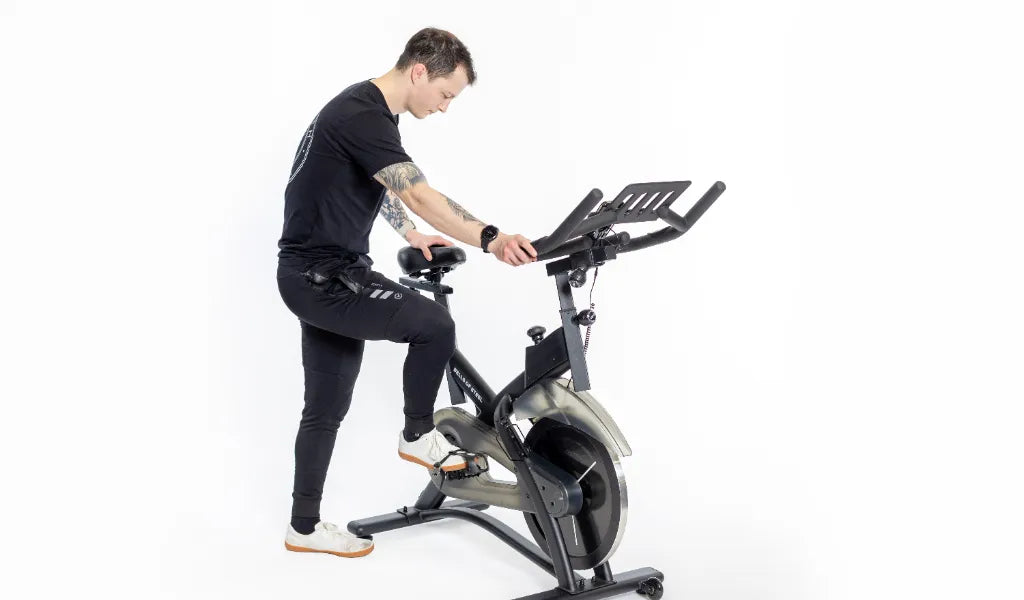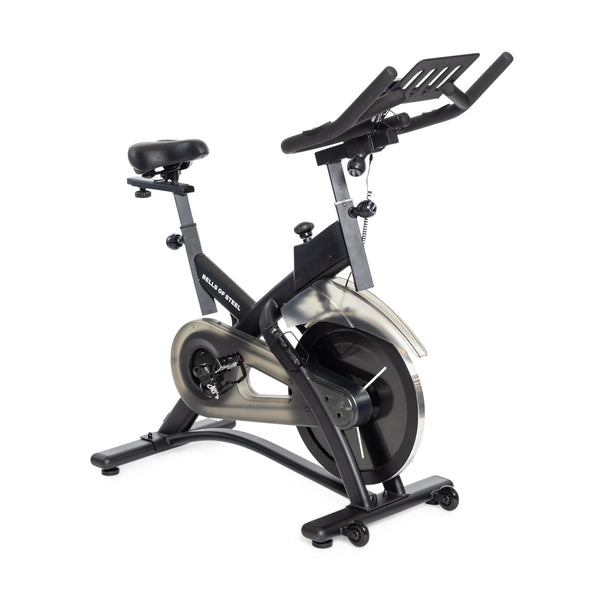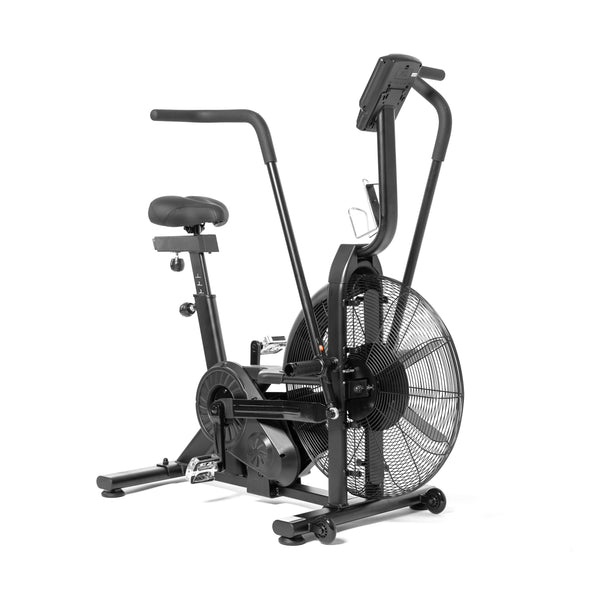Adjusting an exercise bike might seem simple, but getting it right can make a world of difference in your comfort and performance.
It's time to stop guessing and start spinning like a pro! Let's dive into the nitty-gritty of handlebars, seats, pedals, and those little extras that make your ride smooth and enjoyable.
Handlebars
First up, handlebars! They’re more than just something to hold on to while you’re sweating buckets. Here’s what you need to know:
Height
Set those handlebars so you can comfortably reach them without feeling like you're about to dive over the front. If you're new to biking or have any back issues, start with the handlebars a bit higher. It’ll keep you more upright and reduce strain on your back.
Forward/Backward Position
Your handlebars should be positioned so you can reach them without leaning too far forward. Imagine hugging a friend—not too close or far, just right.
Angle
Adjust the angle of your handlebars so your wrists are in a neutral position. No one wants to wrestle with their bike mid-workout!
Seat
Your bike seat, or saddle if you wanna get fancy, needs to be just right. Not too high, not too low, but perfect for you. Here's how to find that sweet spot:
Height
When standing next to your bike, the seat should be about hip height. Hop on and pedal—if your leg is almost fully extended at the bottom of the pedal stroke with a slight bend in the knee, you’re golden.
Too High
The seat is too high if your hips sway side to side like you’re doing the cha-cha. Lower it to avoid discomfort and potential injury.
Too Low
If your knees are higher than your hips at the top of the pedal stroke, the seat is too low. Raise it to avoid putting too much strain on your knees.
Forward/Backward Position
Sit on the bike and place your pedals at 3- and 9 o'clock positions. Your forward knee should be directly above the pedal. If it’s not, adjust the seat forward or backward.
Pedals
Pedals are your bike’s best friends and need some love, too. Here’s how to make sure you’re pedaling like a pro:
Toe Cages
Toe cages (those little baskets on the pedals) aren’t strictly necessary, but they can help keep your feet in place, especially during intense workouts. If you’re prone to slipping, consider them your new best friends.
Shoe Clips
If you’re serious about cycling, shoe clips can provide better power transfer from your legs to the pedals. They keep your feet locked in place and help you pedal more efficiently.
Upgrading Pedals
If you're considering an upgrade, think about your riding style and goals. Clipless pedals (which ironically require special shoes with clips) are great for serious cyclists.
If you’re just starting out, standard flat pedals or those with toe cages might be all you need.
Extras
Now for the fun part—accessorizing! Here are some extras to consider adding to your bike for maximum comfort and convenience:
Seat Cushion
A gel seat cushion can provide extra comfort if your posterior feels the pinch. Your backside will thank you.
Water Bottle Station
Hydration is key. Adding a water bottle holder ensures you stay hydrated without having to dismount.
Media Shelf
Whether for your tablet, phone, or that gripping novel, a media shelf can keep you entertained and motivated through long rides.
Floor Mat
A proper warm-up and cool-down are key to feeling your best in and out of the saddle. Consider a folding mat next to your bike so it’s ready for your pre (and post) workout routine and also neatly tucks away afterward.
Final Thoughts
Adjusting your exercise bike properly is all about balancing comfort and efficiency. You can ride longer, harder, and more comfortably with the right adjustments.
So, tweak those handlebars, perfect that seat height, and pedal like there's no tomorrow!



